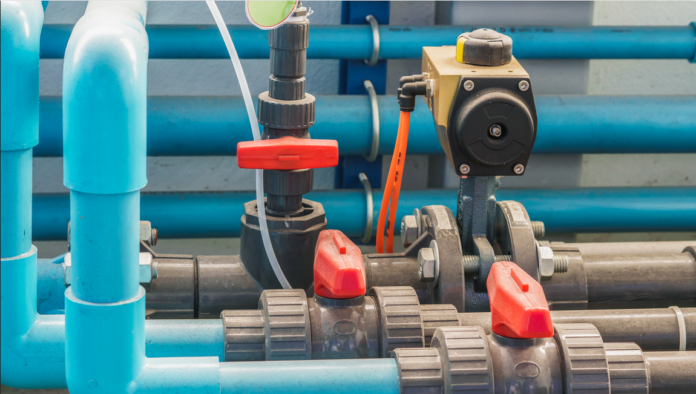From your kitchen sink to chemical plants, one commonality ties them together — valves. The fact remains that valves are heavily involved in a person’s life, and selecting the right one can determine the success of a system.
Because valves control media flow, there are several factors to consider in valve manufacturing. For example, you must determine the material used, media type, and overall purpose.
Each type of valve serves a specific purpose that best suits a certain industry more than others. Keep reading to discover the various valve applications today.
High Pressure and High-Temperature
Gate valves are typically the preferred model for high pressure and high-temperature media and flow.
This is because gate valves have a specific design to isolate media and control its flow. Control valve manufacturers use several material types for gate valves. These include cast iron, alloy steel and stainless steel, to name a few.
These valves are advantageous in commercial pipelines and for residential use. That’s because it has minimal friction loss, low-pressure drop and a smooth flow.
However, gate valves cannot be quickly opened or closed and maintaining the valve can become complex.
Corrosive Liquids
In situations involving corrosive liquid, you’ll find that most industries use thermoplastic valves. These are valves made from polymer resins similar to the ones found in PVC pipes which work well for acid applications.
This material is preferred because it offers corrosion resistance, minimal heat loss or gain, and a consistently high flow. Thermoplastic valves can come in several types, such as ball and butterfly valves.
Ball valves provide an air-tight seal, making them the ideal choice when dealing with corrosive gas. They’re extremely reliable with a 90-degree rotation and are easy to open and close at a moment’s notice.
Similar to ball valves, butterfly valves also operate and rotate by 90-degrees. These are commonly found used in chemical, pharmaceutical and food processing industries. However, they come with the disadvantage of limited control and without a tight shutoff.
Flow and Pressure Control
Most valve applications require some degree of flow and pressure control, but it’s a priority for some industries. These include oilfields, refining, chemical and waste-water systems.
The ideal valve for one-direction flow is a check or non-return valve. The sole purpose of this model is to prevent the media flow from reversing. They have a simple design that requires zero interaction to operate and rely on the media flow to open and close.
When the media flows at a higher rate, the valve continues to open until it reaches its maximum open position. This helps to sustain overall pressure and ultimately prevent any back flow.
A couple of disadvantages of a check valve is that the closing system may cause rapid wear, and it can’t be used with any pulsating systems.
Valve Manufacturing
For the highest quality valve manufacturing, it’s best to find a supplier that’s a part of the valve manufacturer’s association.
If you enjoyed this post, check out some of our other recent blogs for more quick tips!










